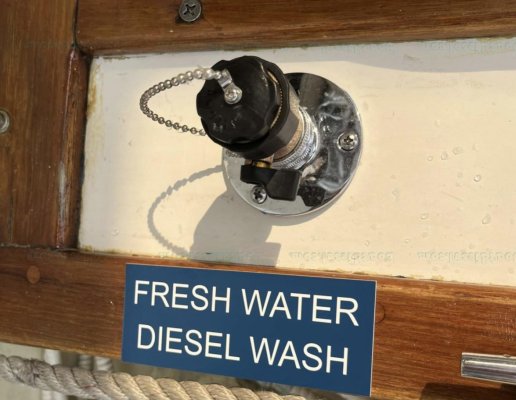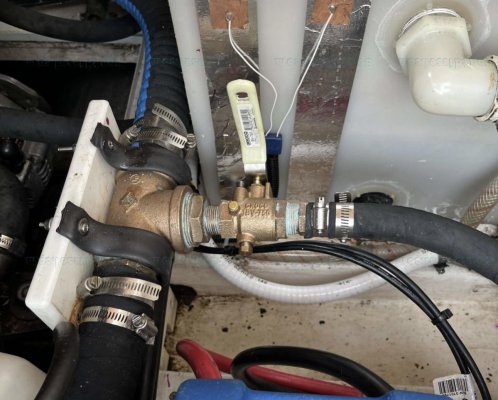OBXSkipper
Veteran Member
I was over at the sbmar.com site checking out some of their videos , I came across the one that explains the benefits and pitfalls of a fresh water flush. Seems like a very simple solution to corrosion in any portion of a raw water/ saltwater cooling loop. Does anyone have one in use or had the opportunity to speak with someone does use one regularly ? Thanks







